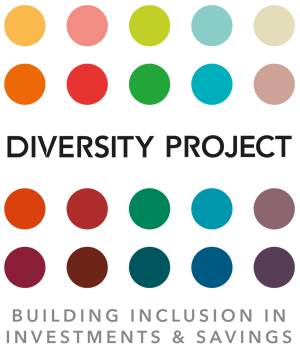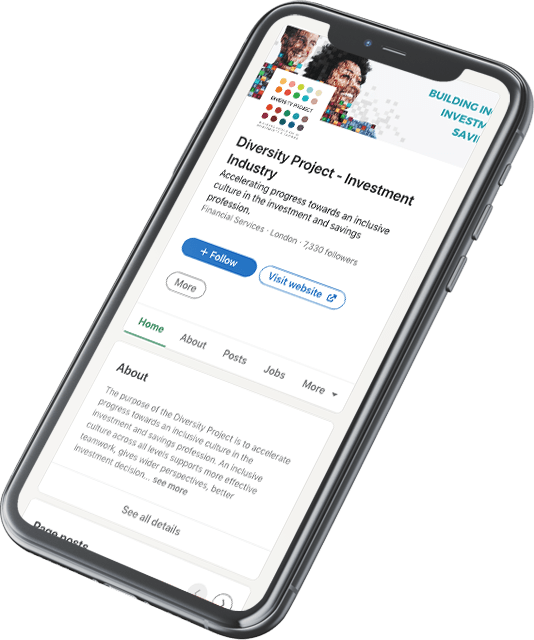The Returners Workstream recently hosted a webinar offering CV advice to people seeking new roles after a career break. This initiative followed a careers event in London last September called Restart, where over 100 men and women participated in workshops, networked with potential employers and heard from successful returners.
Top tips from the recent webinar, which was led by Victoria McLean, CEO of City CV, included:
Put yourself in the employer’s shoes
Why are they hiring you? Is it to solve a problem, save costs or build relationships? Make a business case at the top of your CV.
Articulate what sets you apart from everyone else.
Career break sandwich
Women Returners coined the term “career break sandwich,” advising that a break should be ‘sandwiched’ between two positives (your summary above and professional experience below).
Finish the executive summary by stating “following planned career break, now seeking X role”. Describe your career break as planned because that sounds more purposeful. There is no need to state why you took time out.
Beat the CV robots
Four-fifths of roles advertised online use an Applicant Tracking System (ATS) – software designed to store information from candidates, filter out people who do not meet minimum criteria and/or rank candidates. CVs containing more keywords will be prioritised. Avoid tables, graphics, italics, elaborate formatting, photos, logos and special characters because an ATS might struggle to read them.
Keywords are, literally, key
It is advisable to match the language on your CV to the job advertisement, as the target employer’s ATS might not recognise synonyms.Career changers can deploy keywords to highlight transferable skills.
More is more
Pen multiple versions of your CV to position yourself as a relevant candidate in each situation. Carve out several hours to give your CV serious attention.
List achievements, not responsibilities
When describing your professional experience, don’t list roles and responsibilities. Instead, articulate your achievements and offer proof that you were good at your job. Use figures to illustrate the size of a project or how much revenue you brought in.
Don’t forget LinkedIn
A professional-looking LinkedIn page is essential. Your LinkedIn summary is the first thing most recruiters look at, so take time to ensure it is compelling and packed with keywords.
Engaging with returners is one mechanism to build a more diverse, inclusive workforce and to broaden the talent pipeline. Several fund managers and consultants have launched dedicated returner programmes and are committed to welcoming people back after career breaks.
More support, advice and resources for returners can be found at diversityproject.com/returners.
A PDF file of this article can be downloaded from here: diversityproject.com/resource/top-tips-returners





